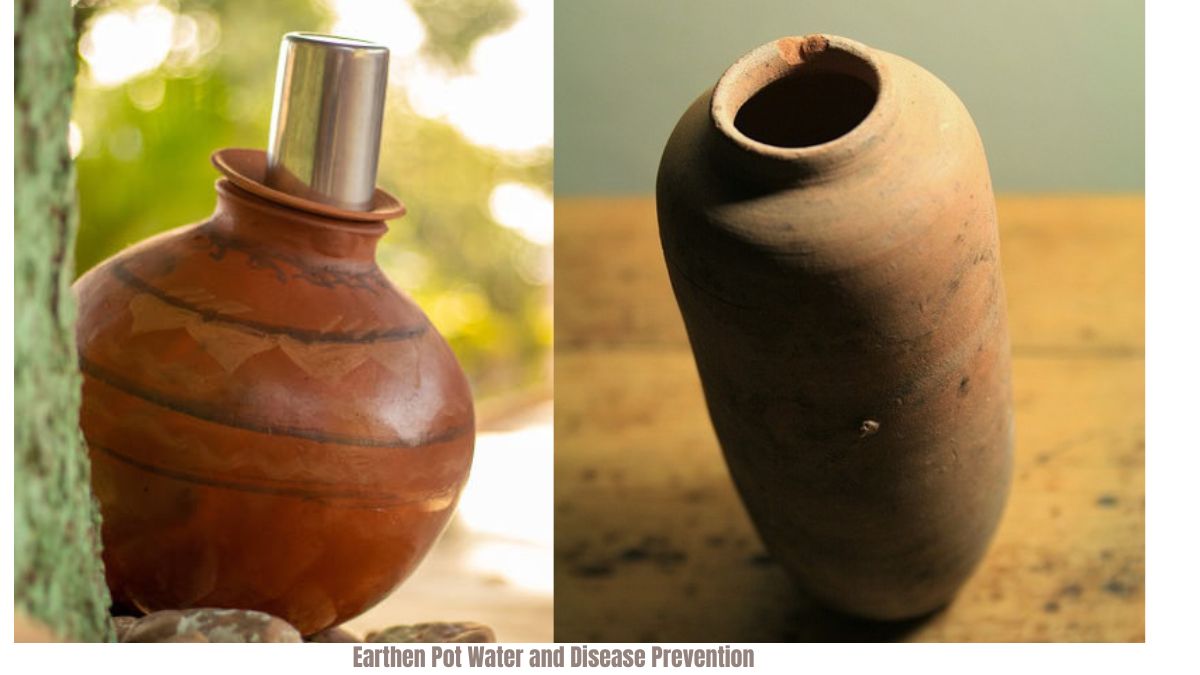Introduction: –
Unveiling Nature’s Secret: Earthen Pot Water and Disease Prevention
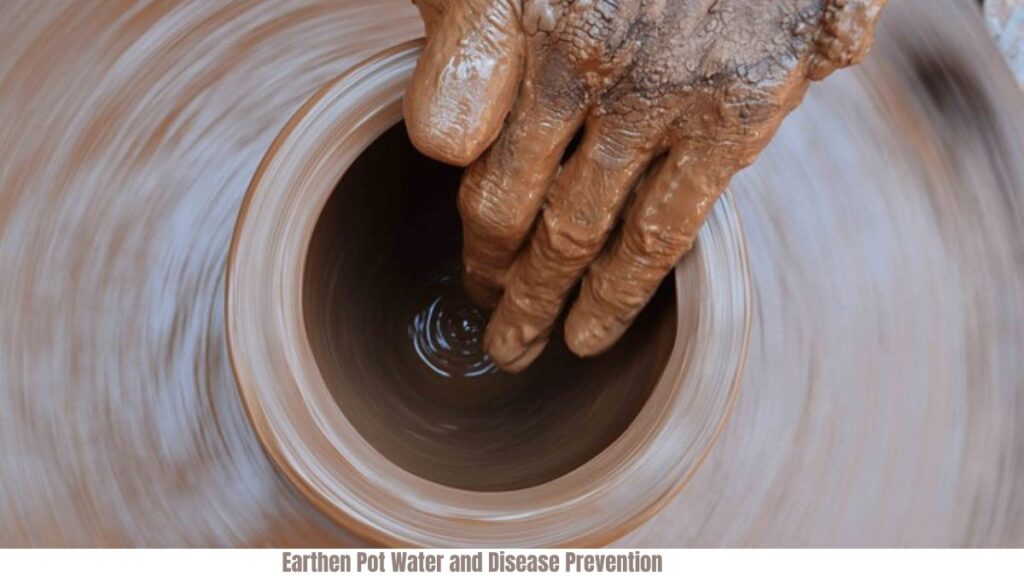
In a world inundated with modern conveniences, it’s easy to overlook the simple yet profound benefits that nature offers. One such age-old tradition, drinking water from an earthen pot, holds a remarkable secret to bolstering our defenses against diseases.
For centuries, civilizations across the globe have relied on earthen pots to store and cool water. But what sets this practice apart isn’t just tradition—it’s the science behind it. Earthen pots, made from porous clay, possess a unique ability to naturally cool water while imparting minerals and trace elements essential for our well-being.
What are the environmental benefits of earthen pot water?
Earthen pots, also known as clay pots or terracotta pots, offer several environmental benefits compared to alternative materials like plastic or metal. Here are some of the key environmental advantages of using earthen pots:
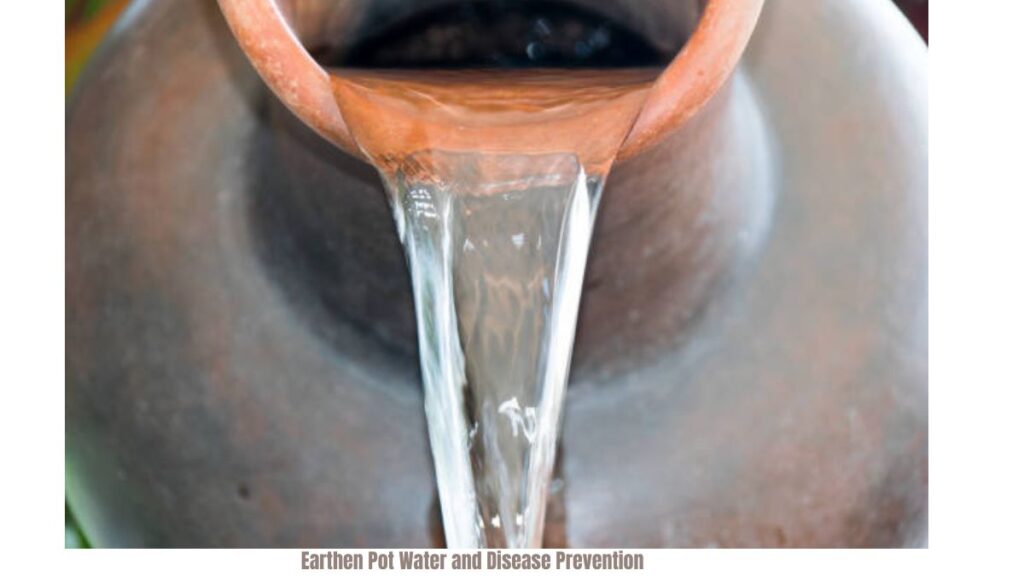
- Biodegradability: Unlike plastic, which can take hundreds or even thousands of years to decompose, earthen pots are made from natural clay that is biodegradable. When disposed of, earthen pots break down naturally over time, returning to the earth without leaving behind harmful pollutants.
- Reduced Plastic Waste: By choosing earthen pots for storing and cooling water, individuals can significantly reduce their reliance on plastic containers. This helps mitigate the environmental impact of plastic pollution, which poses serious threats to wildlife, ecosystems, and human health.
- Energy Efficiency: Earthen pots offer natural cooling properties, allowing water to remain cool without the need for electricity or refrigeration. This energy-efficient cooling method reduces reliance on electricity and helps lower carbon emissions associated with conventional cooling appliances.
- Renewable Resource: Clay, the primary material used to make earthen pots, is abundant and renewable. Unlike finite resources such as fossil fuels, clay can be sustainably sourced without depleting natural ecosystems or contributing to habitat destruction.
- Local Production: Earthen pots are often handmade by local artisans using locally sourced clay. Supporting local craftsmanship and small-scale pottery industries promotes economic resilience and reduces the carbon footprint associated with transportation and global supply chains.
- Chemical-Free: Unlike some plastic containers that may leach harmful chemicals into food or water, earthen pots are inherently free of synthetic additives or coatings. This ensures that the water stored in earthen pots remains pure and uncontaminated, supporting both human health and environmental well-being.
- Promotion of Traditional Practices: Embracing the use of earthen pots encourages the preservation of traditional craftsmanship and cultural practices associated with pottery making. By valuing and promoting these age-old techniques, we foster a deeper connection to our cultural heritage and promote sustainable living practices.
Overall, earthen pots offer a sustainable and eco-friendly alternative to conventional water storage and cooling methods. By incorporating these traditional vessels into daily routines, individuals can reduce their environmental footprint and contribute to a healthier planet for future generations.
Are there particular types of diseases or health conditions that earthen pot water is especially effective at preventing?
Earthen pot water is believed to offer benefits for overall health and may aid in preventing various diseases and health conditions. While specific scientific research on this topic may be limited, anecdotal evidence and traditional knowledge suggest that earthen pot water can be particularly effective in preventing:
- Waterborne Diseases: The natural filtration properties of earthen pots help remove impurities and contaminants from water, reducing the risk of waterborne illnesses such as cholera, typhoid, and dysentery.
- Digestive Disorders: Drinking water stored in earthen pots may promote digestive health by maintaining a balanced pH level and supporting the growth of beneficial gut bacteria, which can help prevent gastrointestinal issues like indigestion and acid reflux.
- Skin Conditions: The mineral-rich nature of water stored in earthen pots, such as calcium and magnesium, may contribute to healthier skin by promoting hydration, improving skin elasticity, and reducing the risk of skin disorders like eczema and acne.
- Metabolic Disorders: Regular consumption of water stored in earthen pots, particularly when chilled, may help regulate metabolism and blood sugar levels, potentially reducing the risk of metabolic disorders such as diabetes and obesity.
- Respiratory Infections: The cooling properties of earthen pot water can help soothe the throat and respiratory system, providing relief from respiratory infections like colds, flu, and bronchitis.
- Dental Health: Drinking water from earthen pots may support dental health by promoting saliva production and maintaining oral hygiene, which can help prevent dental cavities, gum disease, and bad breath.
While further scientific research is needed to validate these claims, the use of earthen pot water as a preventive measure for various diseases and health conditions is rooted in traditional knowledge and cultural practices that have been passed down through generations.
Can you provide examples or anecdotes illustrating the real-world impact of earthen pot water on disease prevention in communities where it’s commonly used?
Here are a few examples and anecdotes highlighting the real-world impact of earthen pot water on disease prevention in communities where it’s commonly used:
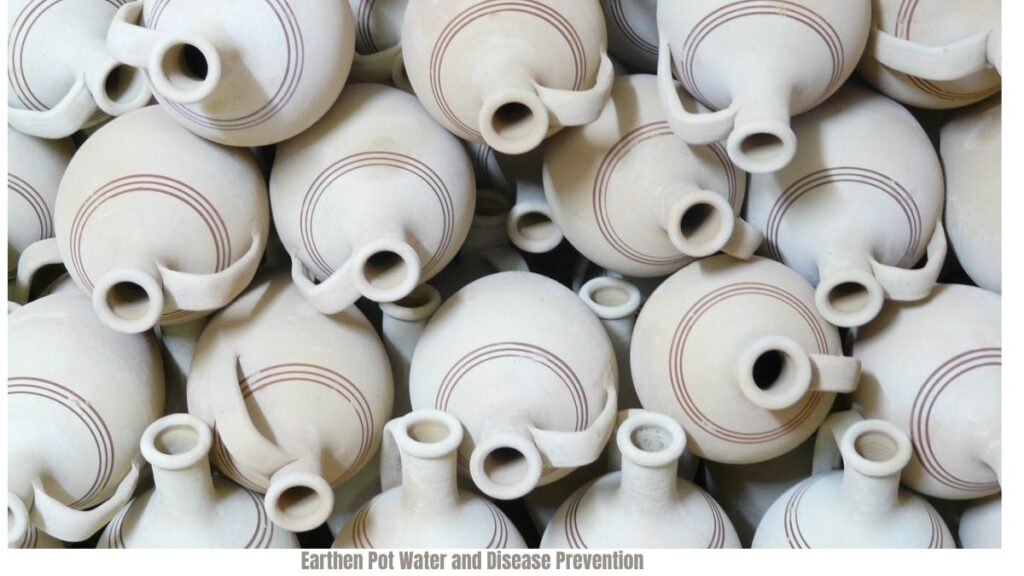
- Indian Subcontinent: In many rural areas of India, earthen pots, locally known as “matkas,” are a common sight in households. Despite the prevalence of modern water filtration systems, many families continue to use earthen pots due to their effectiveness in keeping water cool and safe to drink. Communities that rely on earthen pots often report lower incidences of waterborne diseases compared to areas where alternative storage methods are used.
- Middle East and North Africa: Throughout the Middle East and North Africa, earthenware jugs called “zeer pots” have been traditionally used to store water. Despite the region’s hot climate, communities have found that water stored in zeer pots remains refreshingly cool, making it a preferred choice for hydration. This practice has been attributed to lower rates of heat-related illnesses and dehydration in these regions.
- Southeast Asia: In countries like Thailand and Cambodia, earthen pots are commonly used not only for storing water but also for brewing herbal infusions and traditional remedies. These communities believe that the porous nature of earthen pots enhances the medicinal properties of herbs and spices, leading to improved overall health and immunity.
- Latin America: Throughout rural areas of Latin America, traditional clay water filters known as “filtro de barro” are widely used to purify drinking water. These filters remove contaminants and impurities, making water safer for consumption. Communities that utilize these clay filters often experience fewer cases of waterborne diseases such as diarrhea and cholera.
- Africa: In various parts of Africa, including countries like Nigeria and Kenya, earthen pots are valued for their ability to keep water cool and palatable even in hot climates. This has significant implications for disease prevention, as access to safe drinking water is crucial for combating waterborne illnesses and maintaining overall health in these regions.
These examples underscore the enduring relevance of earthen pot water in disease prevention across diverse cultural and geographical contexts. While scientific studies may provide valuable insights, the lived experiences of communities around the world serve as compelling evidence of the tangible benefits of this age-old practice.
What are the historical or cultural perspectives on using earthen pots for disease prevention?
The use of earthen pots for disease prevention has deep historical and cultural roots, spanning across various civilizations and regions. Here are some historical and cultural perspectives on the significance of earthen pots in disease prevention:
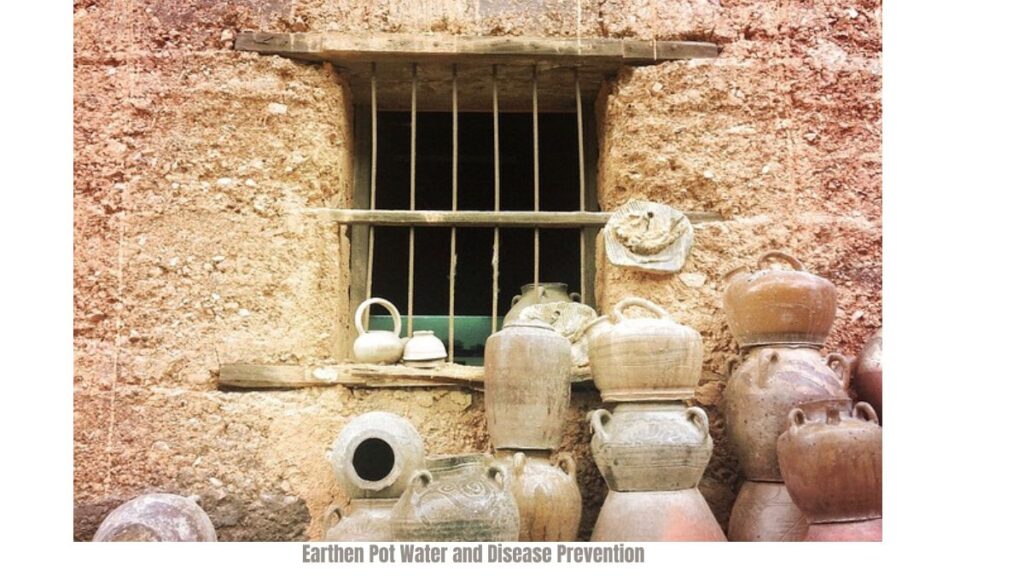
- Ancient Civilizations: Earthen pots have been used for storing and transporting water since ancient times. Civilizations such as the Indus Valley Civilization, Mesopotamia, and ancient Egypt utilized clay vessels not only for their practicality but also for their perceived health benefits. These early societies recognized the natural filtration properties of clay, which helped to purify water and reduce the risk of waterborne diseases.
- Ayurveda and Traditional Medicine: In ancient Indian culture, the practice of storing water in clay pots is deeply ingrained in Ayurvedic principles of health and wellness. Ayurveda, the traditional system of medicine in India, emphasizes the importance of maintaining a balance between the body’s elements, or doshas, for optimal health. Clay vessels are believed to impart natural minerals and cooling properties to water, aligning with Ayurvedic principles to promote overall well-being and disease prevention.
- Chinese Medicine: Traditional Chinese Medicine (TCM) also acknowledges the health benefits of earthenware. In TCM, the use of clay pots for storing and cooking herbal remedies is believed to enhance the therapeutic properties of medicinal herbs. Clay is considered to be “yin” in nature, possessing cooling and detoxifying qualities that complement the principles of balance and harmony central to TCM.
- Islamic Traditions: Islamic culture places importance on cleanliness and hygiene, particularly in matters related to food and water. In many Muslim-majority regions, earthen pots, known as “zeer pots” or “zeer saqi,” are favored for storing water due to their natural cooling properties and ability to keep water fresh. This practice aligns with Islamic teachings on cleanliness and the preservation of health.
- Indigenous Practices: Indigenous communities around the world have long relied on earthen pots and clay vessels for various purposes, including storing water and preparing traditional medicines. These communities often have rich oral traditions and cultural practices that emphasize the connection between nature, health, and community well-being.
Throughout history, the use of earthen pots for disease prevention has been intertwined with cultural beliefs, traditional medicine, and practical necessity. While modern advancements in water treatment and storage have emerged, the cultural significance and perceived health benefits of earthen pots continue to endure in many parts of the world.
Conclusion
So, the next time you reach for a glass of water, consider the wisdom of our ancestors and embrace nature’s secret for disease prevention. With each sip, you’re not just quenching your thirst—you’re nourishing your body and safeguarding your health for years to come.






